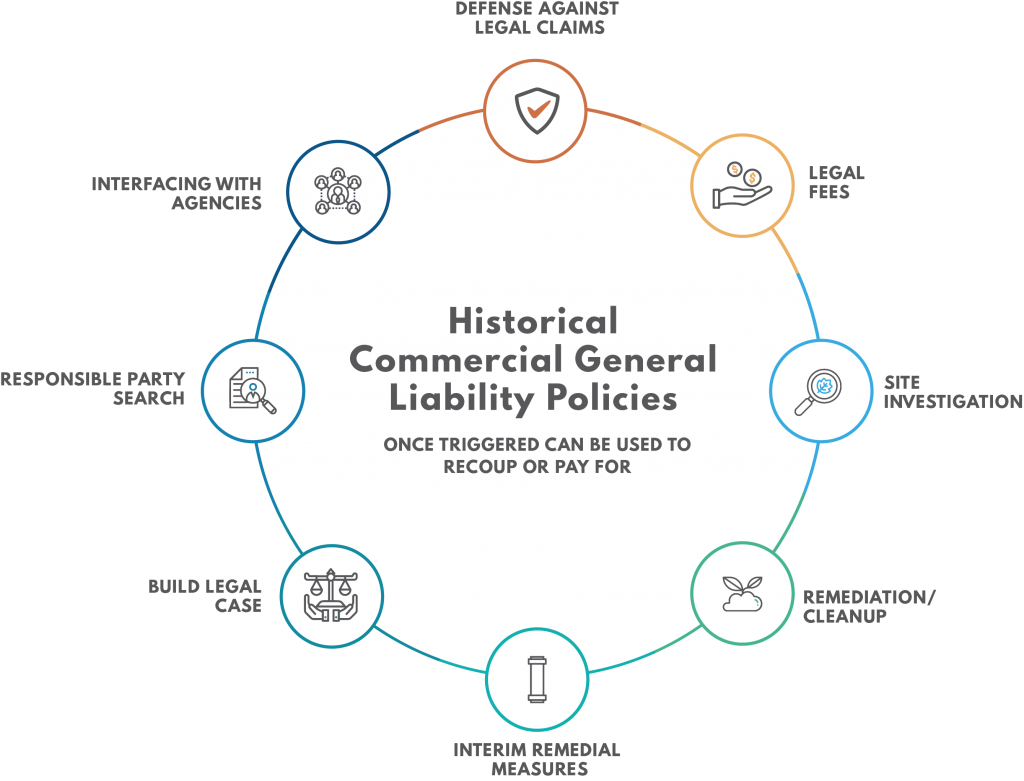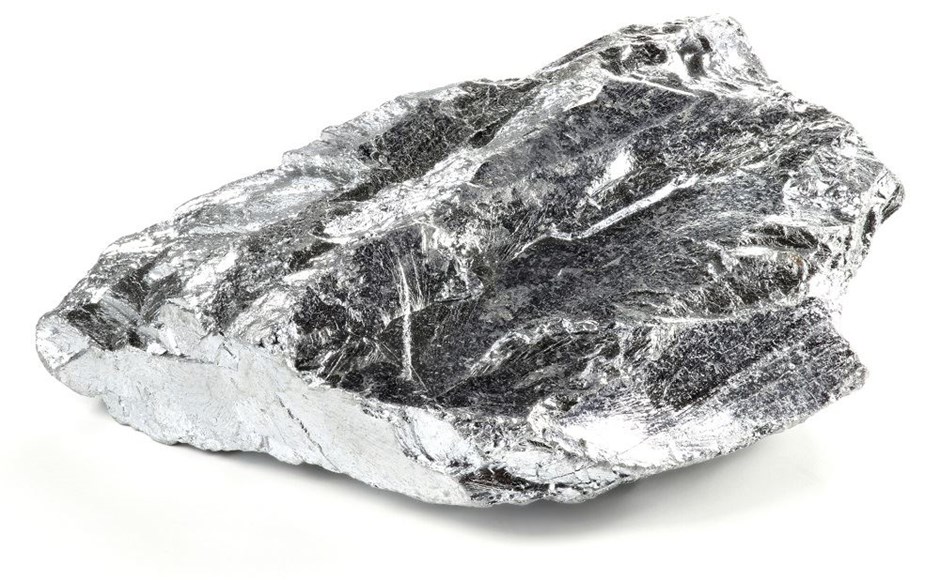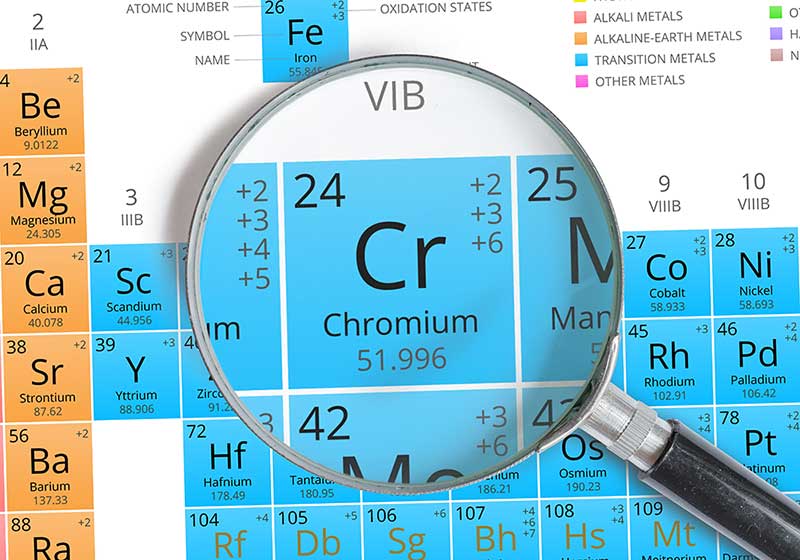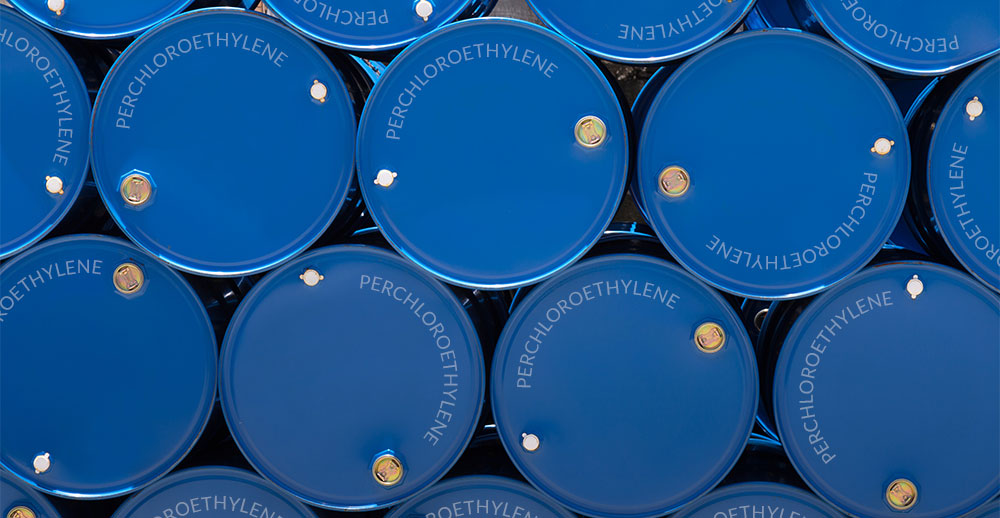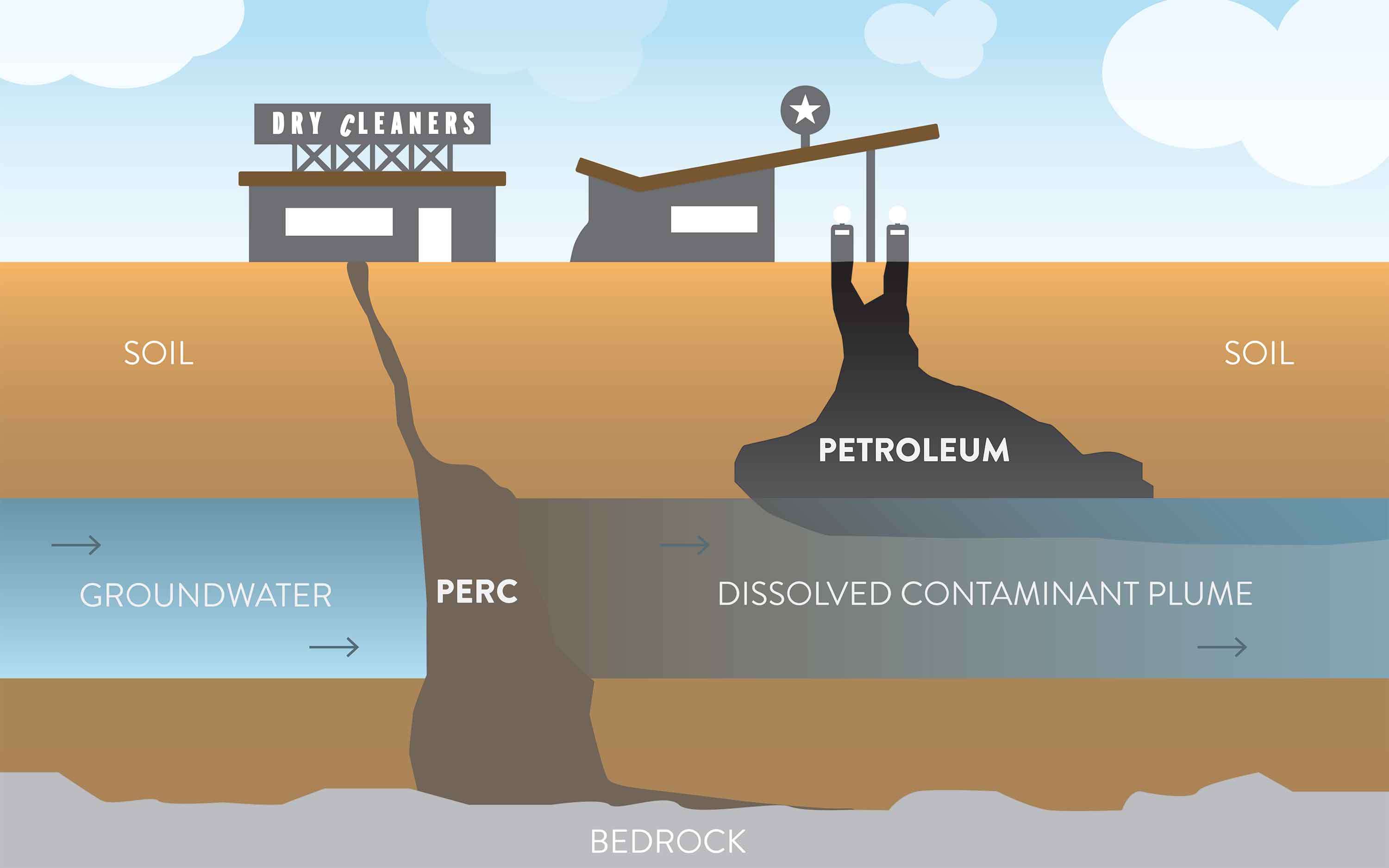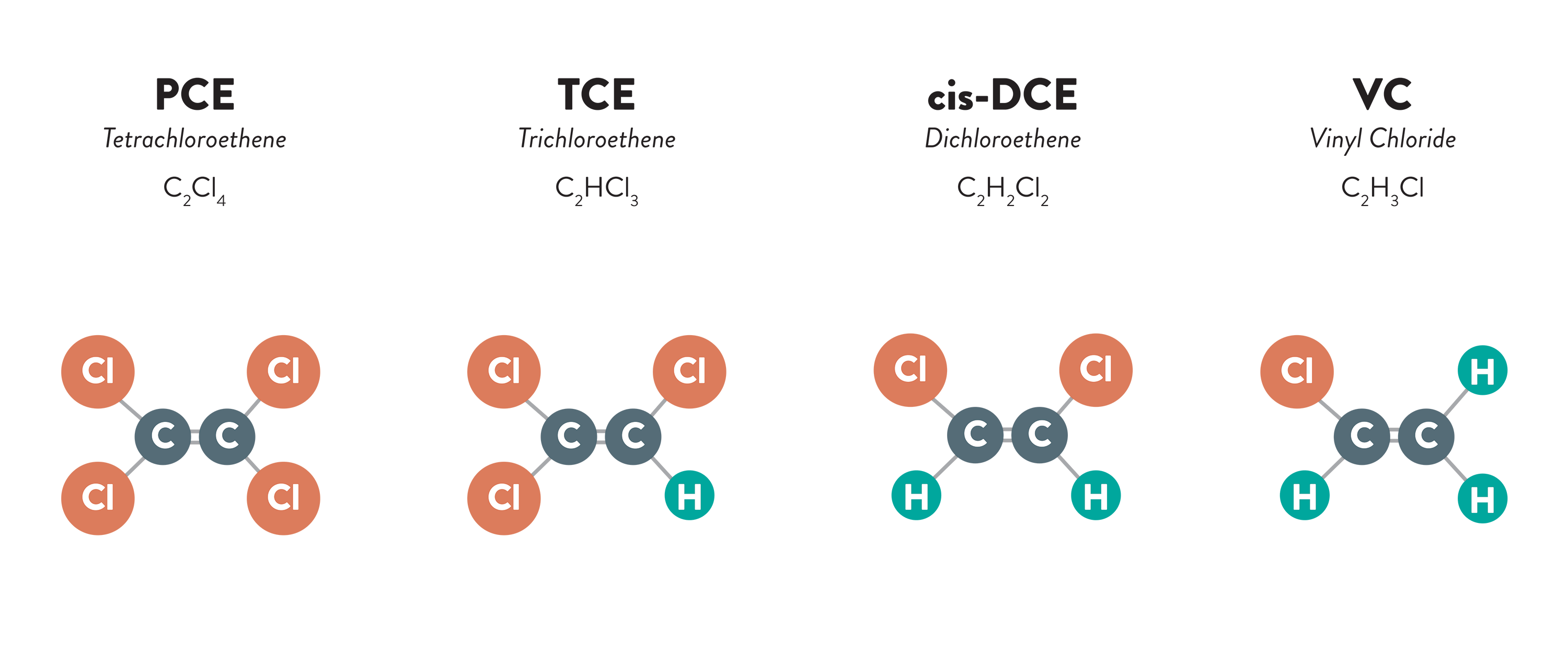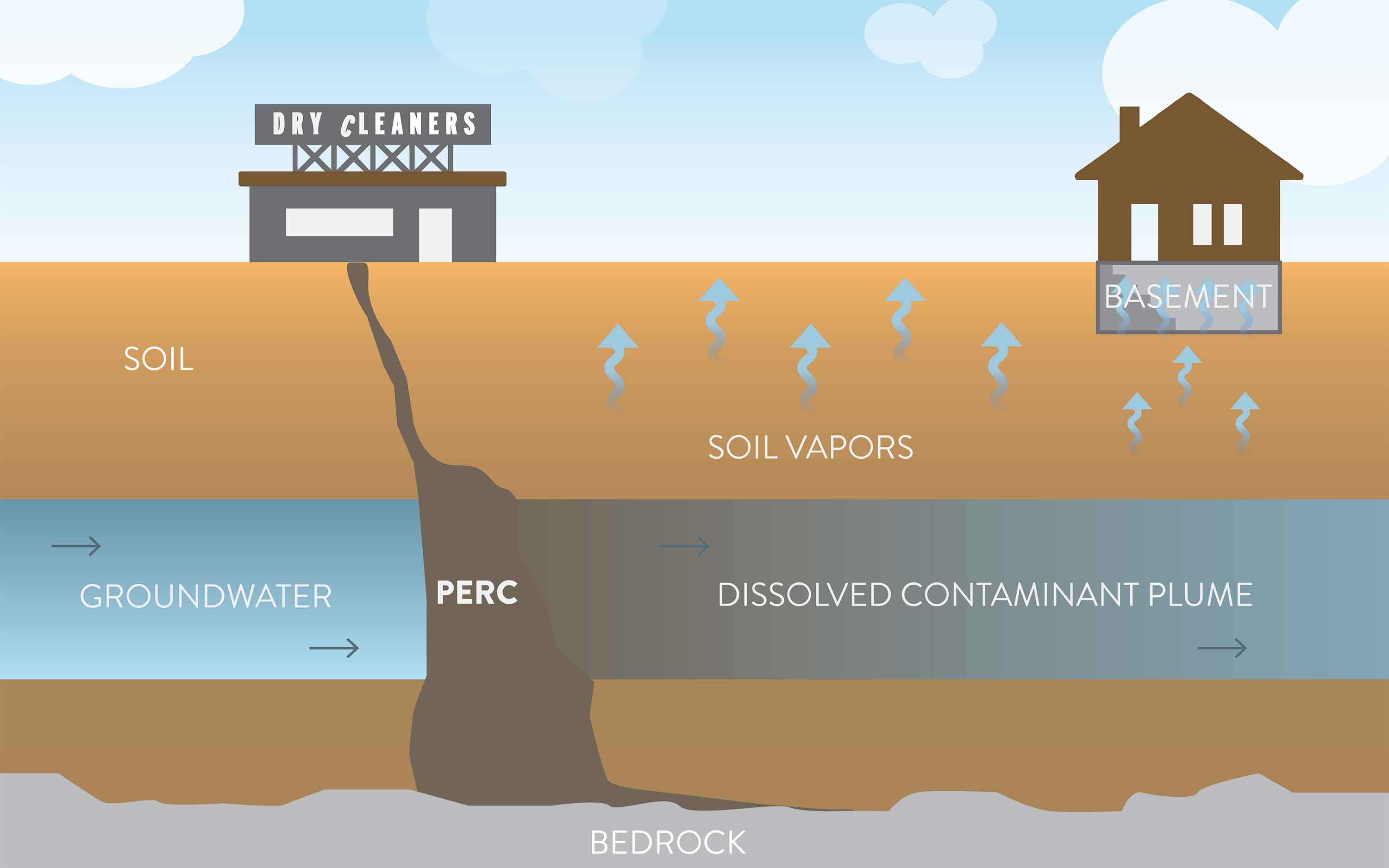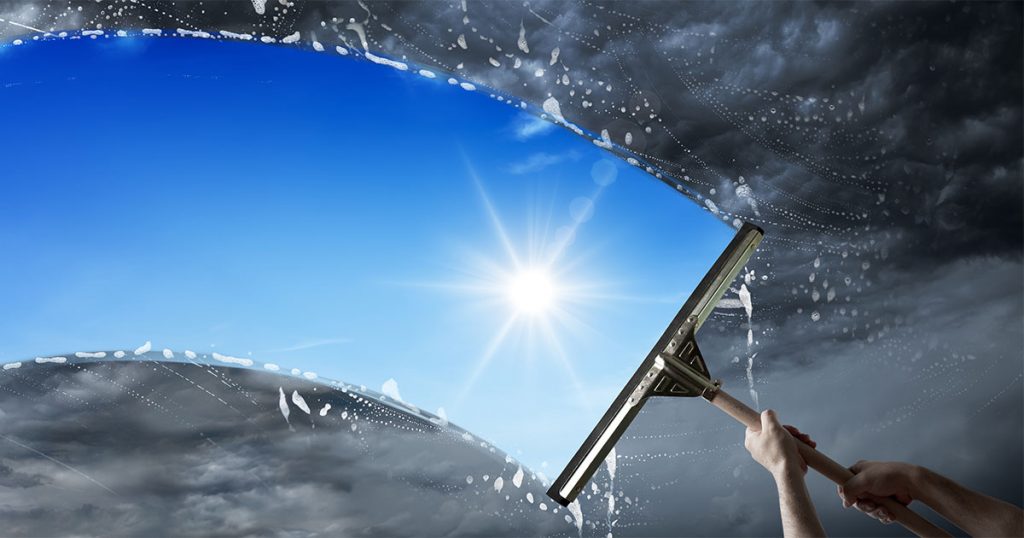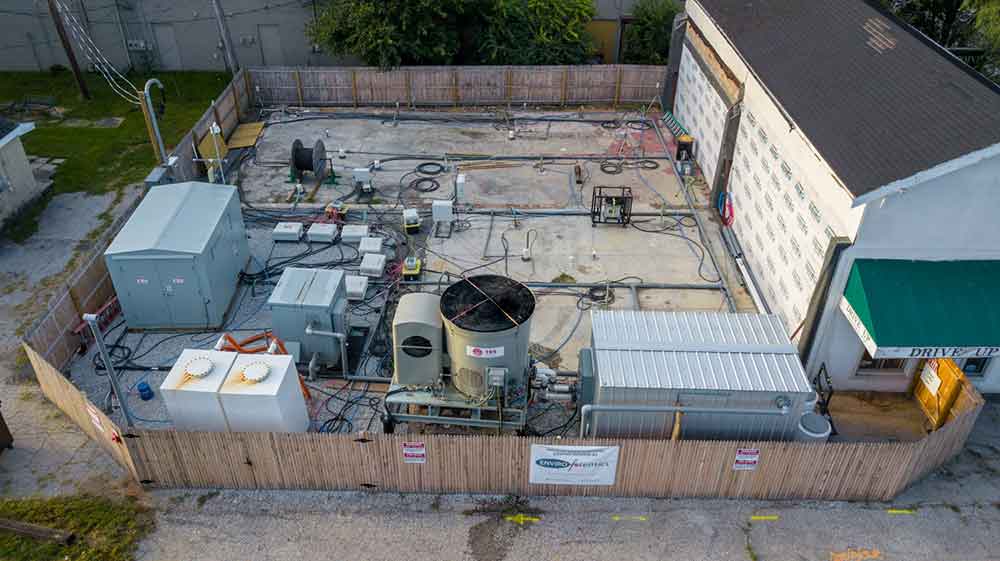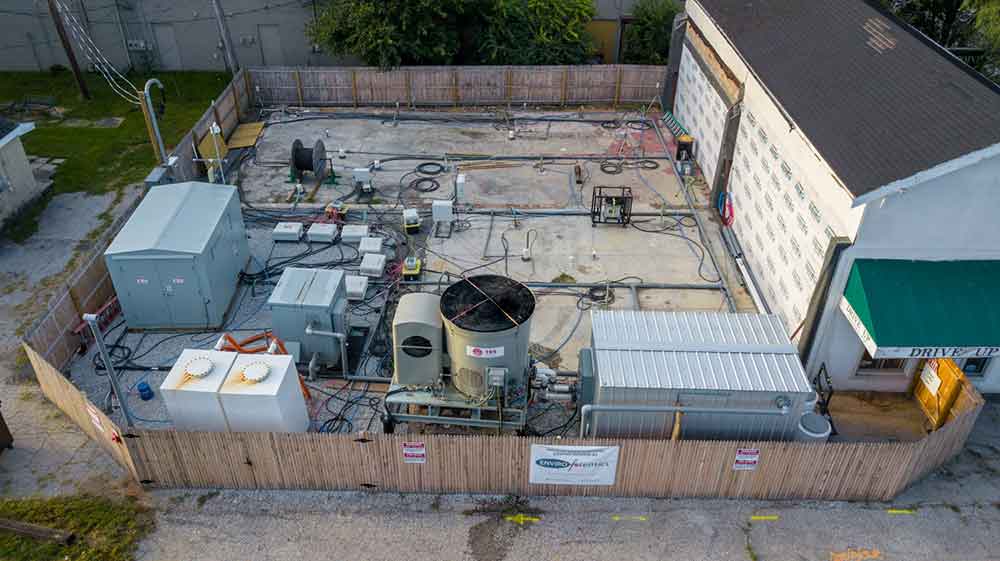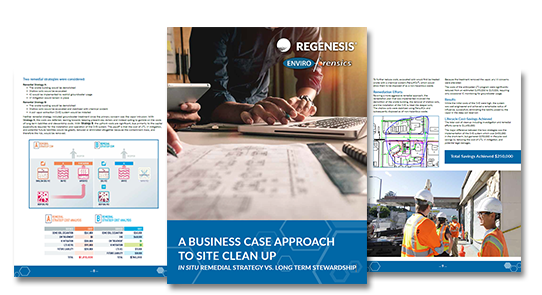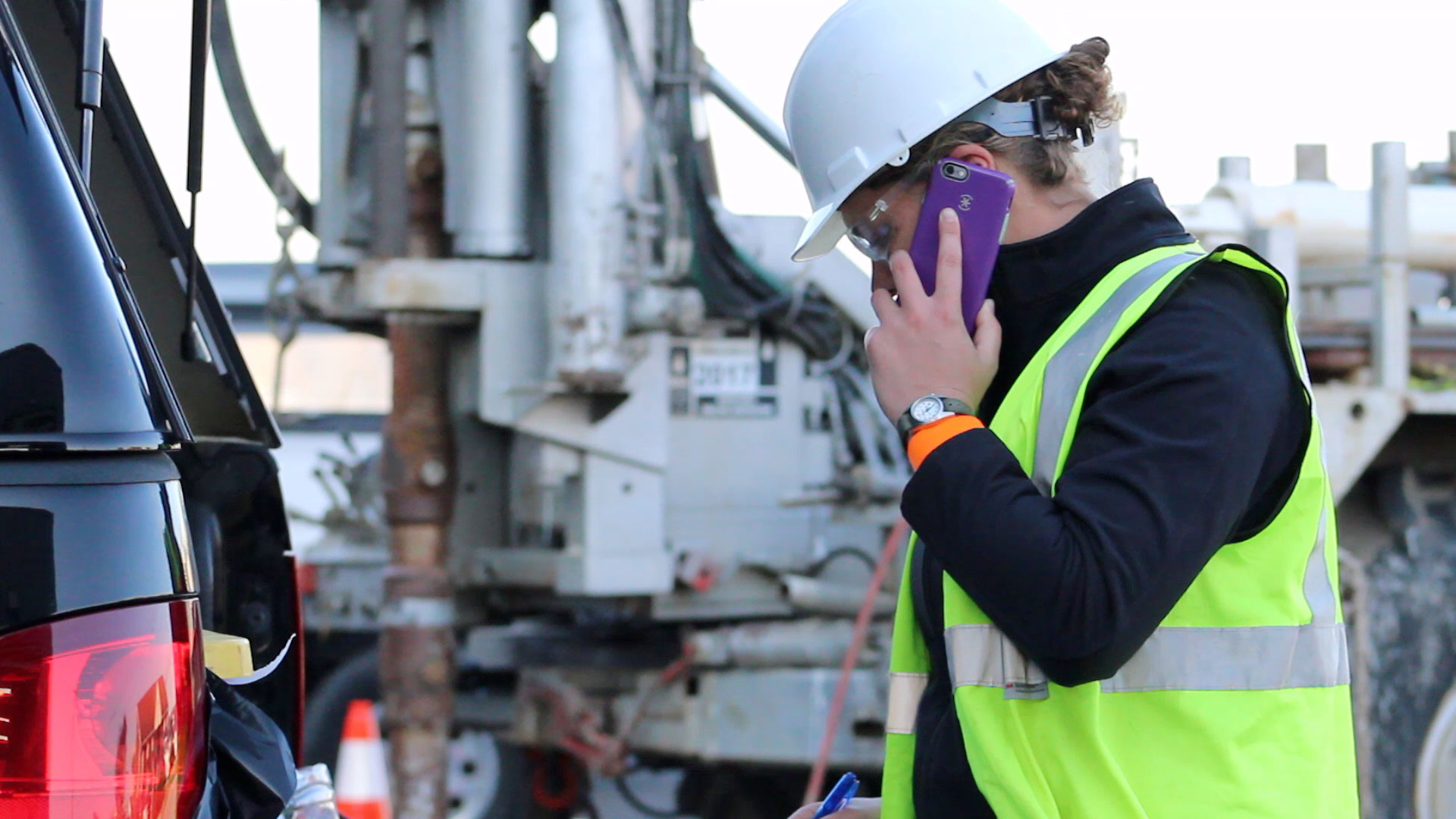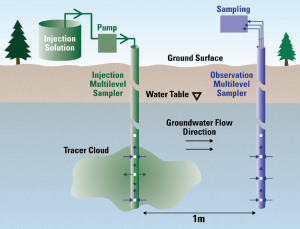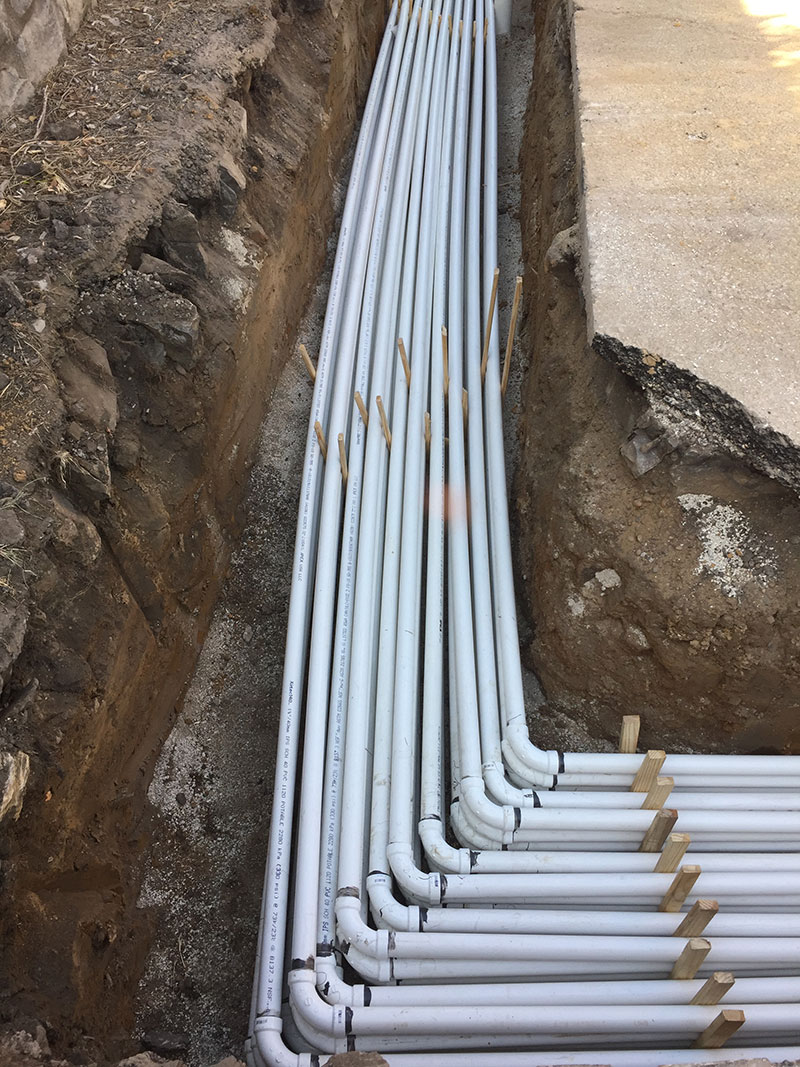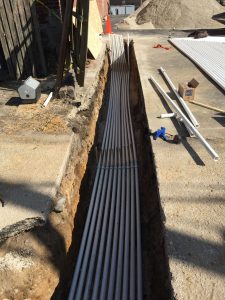THE ENVIRONMENTAL CLEANUP PROCESS CAN BE CHALLENGING FOR DRY CLEANERS BECAUSE IT’S TYPICALLY A ONCE IN A LIFETIME EXPERIENCE–SIMILAR TO BEING CURED OF A MEDICAL DIAGNOSIS.

BY: JEFF CARNAHAN
For those who don’t frequently deal with environmental cleanup (also known as remediation), the reasoning, objectives, and process can be a bit of a black box. It’s not dissimilar to how most of us feel about a medical procedure. Here are three things people usually feel before embarking on a medical procedure:
- We must rely on the expertise and knowledge of others to even know there is a specific problem;
- We trust that the healing procedure being proposed will fix the problem
- We don’t really know what the procedure will be like, but we know that it might hurt.
The medical analogy is a particularly good analogy for the environmental investigation and cleanup process. Previously, I’ve discussed Environmental Investigations 101: Understanding PCE Contamination and how the collection of subsurface samples and the application of scientific principles result in a picture of what the contamination is, where it is, and how bad the problem is. In the medical analogy, this would be the phase consisting of seeing the doctor with the evidence you have that there might be a problem, getting tests completed like an MRI or a biopsy, and receiving the diagnosis.
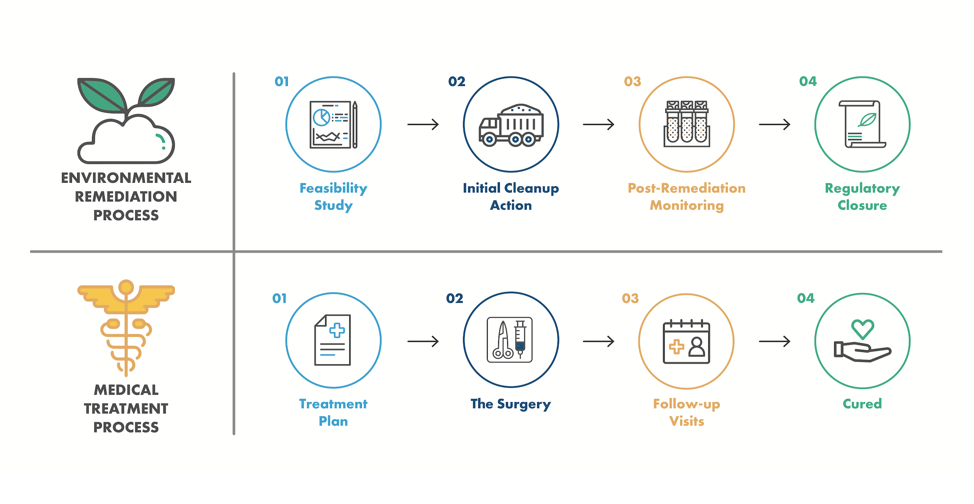
Upon hearing that a problem exists, the anxiety can start to take hold for the patient because questions arise, for which the answers are unknown. Some questions may include:
- What can be done about it?
- Is there a cure?
- How long will this take to cure?
- Does my doctor know what they are doing?
- How much is this going to cost?!
- Will my insurance cover it?
These questions represent the unknown, and the unknown can be terrifying. Any doctor will tell you that some people are so afraid of these questions that they’d rather not even know if they have a problem, and foolishly never seek a medical exam. Any doctor will tell you if you think you have a problem…find it and fix it. You’ll live a longer and happier life. With the medical analogy in mind, I’d like to focus this article back on the environmental remediation process to answer as many questions as possible for you, to eliminate the unknowns, and to alleviate the associated anxiety.
THE FEASIBILITY STUDY – WHAT’S THE CURE?
So, let’s say that from the environmental investigation your dry cleaner site has just been diagnosed with a nasty case of contamination by hazardous chemicals. Since the goal of your environmental practitioner is to ensure that the problem gets fixed, there first needs to be an assessment of all the potential cleanup technologies that could be used alongside the specific characteristics of your site. Questions that need to be answered include:
- Are any people currently being exposed to the contamination?
- What amount of contaminant may safely remain after cleanup and still be suitable for future planned land use (i.e. what are appropriate cleanup objectives)?
- How will each potential remedial technology interact with the exact type of soils and geologic materials beneath your site?
- How will the naturally occurring geochemistry of soils and groundwater interact with any potential treatment chemicals?
- How long would each remediation technology take to reach the cleanup objectives if implemented?
- What are the comparable unit costs per measure of contaminant removed from the ground for each anticipated technology?
Ultimately, the question to be answered is, What is the best and most cost-effective cleanup technology to meet our objectives? This process is called a Feasibility Study and it determines which cleanup approach is the most feasible.
Read about a former dry cleaning site that we cleaned up in 120 days with thermal technology.
During the feasibility study, as the business or property owner, you’ll need to make sure to speak up and let your consultant know if there are any limitations that they should be considering for the cleanup approach. For example, parking areas that absolutely must remain clear during business hours, areas of the building that cannot be disturbed no matter what, or even simple things like traffic flow patterns for your drive-through lane. We have done work for a lot of dry cleaners, so we always think to ask about these kinds of things, but not every remediation engineer does. All your business considerations could have a significant impact on which cleanup technology can be implemented. If your building is located directly over the area of soil contamination, a common remedial technology could be demolition and excavation. While this may make perfect sense to the remediation engineer, having your building torn down in order to dig a big hole may not exactly fit into your business operation plans. The bottom line here is to speak up early in the process and make sure your business needs are heard before the project begins.
INITIAL CLEANUP ACTION – THE SURGERY
Once the appropriate cleanup objectives and remediation technology have been decided, there are a few steps to go through before work can begin. Typically, but not always, the regulatory agency will want to look at your remediation plan and have a chance to comment on it, or even to approve it. Once the agency has given the head-nod, an important point to remember is that you want to have the money conversation before you send the plan to the regulatory agency. Just like you always want to check whether or not your insurance will cover your medical procedure before you get it done. I talk about the cost of cleanup and funding alternatives a lot, so I’m going to skip that conversation, for now, other than to say that the money talk is the very first talk that you should have way before the investigation process even begins.
When you have gotten the green light to get started on the remedial action, things will start to move quickly because it’s go-time. Typically, when remediation work begins, there will be a flurry of activity for two weeks to a month while the initial work is completed. Remedial strategies commonly consist of an aggressive contaminant reduction effort, followed by a long period of monitoring to see how it has worked. During the initial treatment, there may be drill rigs, dump trucks, trailers, and people all over your site, and things could even be a bit messy.
Your environmental consultant should have provided you with a detailed schedule of events and they should keep you informed during the process so that you know exactly what to expect. You’ll need that information to keep your customers informed. I have had many clients actually take this time to post signage explaining to their customers that the business is doing their part to clean up an old environmental problem, demonstrating their commitment to their community and customers.
Are you looking for an environmental consultant? Read 5 Considerations When Selecting an Environmental Consultant for Dry Cleaners.
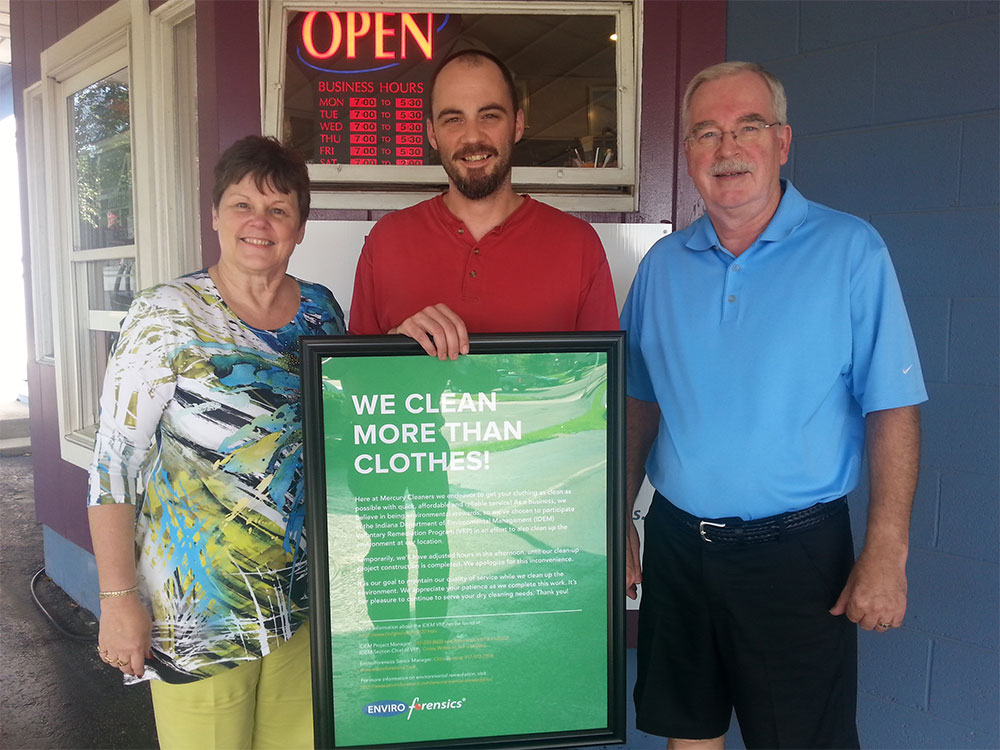
POST-REMEDIAL MONITORING – THE FOLLOW-UP VISITS
After the initial cleanup effort is undertaken, things will slow down a lot. Monitoring of soil gas and groundwater conditions will need to be performed on a regular, routine quarterly basis for at least a year or so as the contaminant plume reacts to the aggressive, upfront cleanup effort. So, every three months your consultant will come back and collect the monitoring samples, and then they will be gone again. As mentioned previously, it is important to stay involved in the process so that you know how things are going. If you aren’t interested in the scientific details of the remediation monitoring results, at least understand the current conditions as concentrations of the contaminant should start lowering and getting closer to the cleanup objectives. When contaminant levels do reach the closure objectives, if all has gone according to plan, you get to start another monitoring period so that the regulatory agency has confidence that there won’t be a rebound or any remaining post-treatment contaminant in the future.
You can see how the environmental cleanup process gets a reputation for taking a long time because it does. Even after the bulk of actual cleanup activities are completed, there are likely at least two to three years of post-remedial monitoring that needs to happen. Fortunately, routine monitoring isn’t as disruptive as the initial cleanup action, but every few months you will get a reminder that you aren’t quite out of the woods yet, and that can be frustrating. Another thing to make sure you talk to your consultant about: There will be one or more drums of purge water generated during groundwater sampling that will probably need to be stored behind your building for a couple of weeks after each sampling event. Your consultant will label it and manage for its disposal, but there will need to be a short wait while analytical data comes back from the lab and removal can be arranged. If it’s in the way or takes too long to be picked-up, say something.
REGULATORY CLOSURE – CURED
When follow-up monitoring results show that contaminant concentrations have been reduced and have stayed that way, your consultant will submit all the results to the regulatory agency and ask for case closure. Sometimes this is called a No Further Action status. This is one last time to be patient because most regulatory agencies could take anywhere from two to six months to make this determination and set you free.
The site remediation process can be long, taxing and scary, but hopefully, these insights will give you a little bit of an insider’s perspectives on what to expect. Sometimes consultants and attorneys forget that even though they deal with this process every day, you don’t. Ask them to take the time to explain things to you in detail and help you understand what it will look like from your perspective and your customers’ perspectives. As commonly said, knowing is half the battle.
If you are going through the cleanup process and you have questions, or just want to bounce something off me, drop me an email at jcarnahan@enviroforensics.com. I’d be more than happy to have a conversation with you. I’m here to help.
Contact EnviroForensics, the dry cleaning industry’s most trusted environmental consultant.
As seen in Cleaner & Launderer
 Jeff Carnahan, President at EnviroForensics
Jeff Carnahan, President at EnviroForensics
Jeff Carnahan, LPG, has 20+ years of environmental consulting and remediation experience. His technical expertise focuses on the investigation and interpretation of subsurface releases of hazardous substances for the purpose of evaluating and controlling the risk and cost implications. He has focused on being a partner with the dry cleaning industry for the past decade, and he’s a frequent contributor to the national dry cleaning publication Cleaner & Launderer. He is an industry leader in understanding that environmental risk includes not only cleanup costs, but also known and unknown third-party liability.



